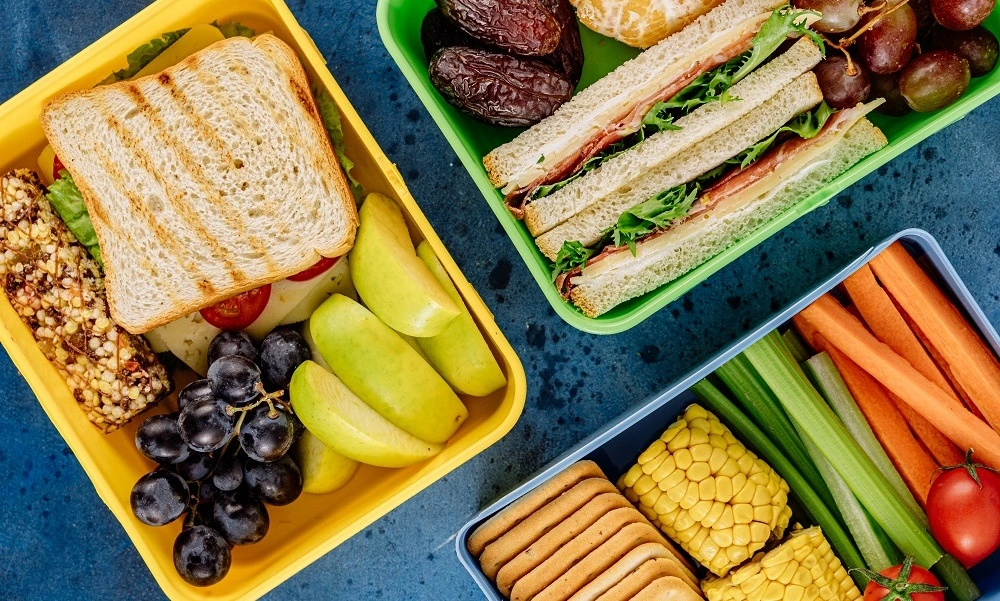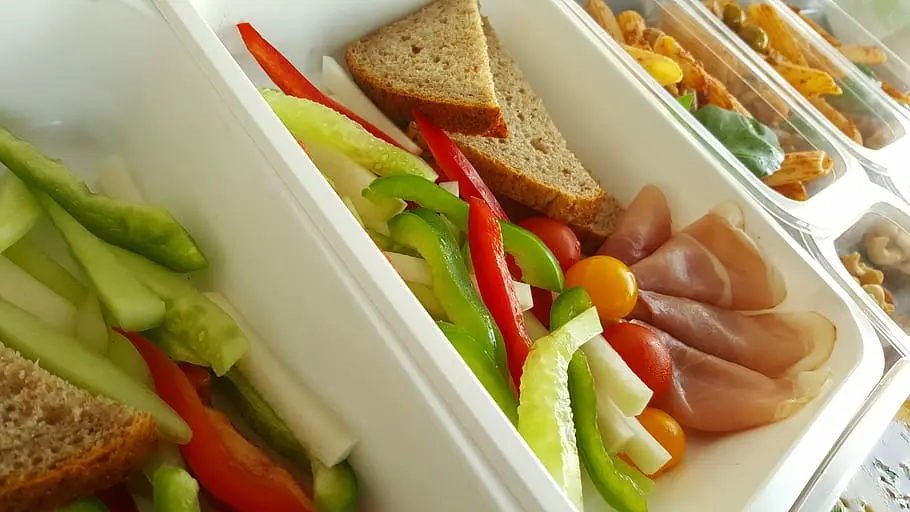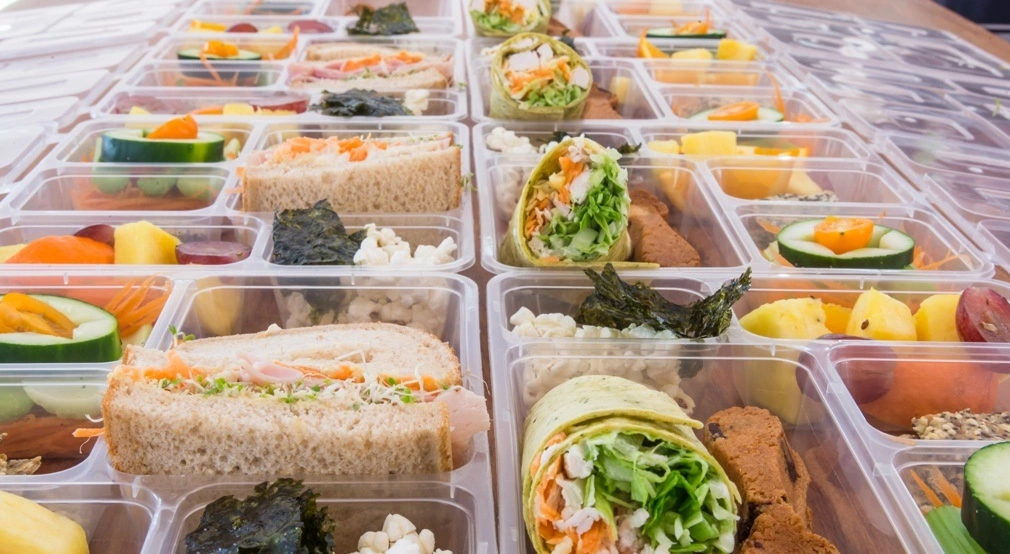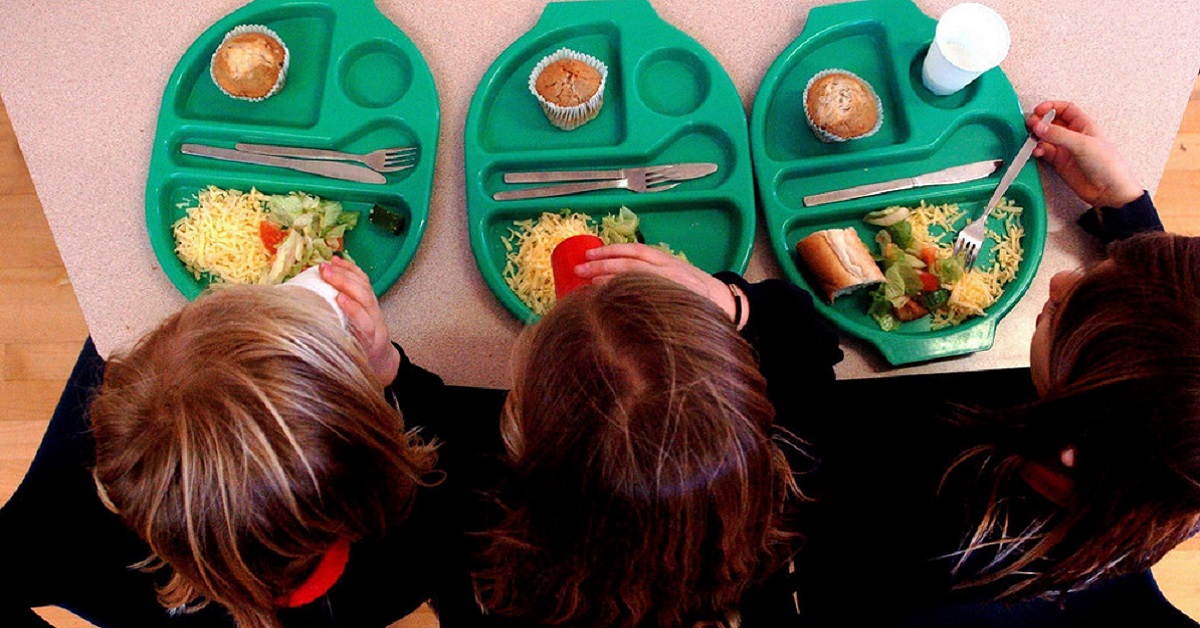When it comes to providing nutritious meals or lunches for kids, planning lunches plays a crucial role. A well-balanced and appealing lunch not only fuels their growing bodies but also ensures they have the energy and concentration needed for a productive day. In this article, we will explore effective strategies and ideas for planning lunches that are both healthy and enjoyable for kids.

Understanding Nutritional Needs
To plan nutritious lunches, it’s essential to understand the nutritional needs of children. A balanced lunch should include carbohydrates, proteins, healthy fats, vitamins, and minerals. Consider consulting a pediatrician or a registered dietitian for specific dietary recommendations based on your child’s age, activity level, and any specific health concerns.
Setting a Meal Plan for Lunches for Kids
Create a weekly or monthly meal plan to ensure variety and streamline the lunch preparation process. Start by listing different meal options for each day, including main courses, side dishes, and snacks. Refer to the food groups to ensure all essential nutrients are covered adequately.
Incorporating Food Groups
Include foods from all major food groups in your child’s lunch. This includes grains (whole grains whenever possible), fruits, vegetables, lean proteins, and dairy or dairy alternatives. Encourage your child to eat a rainbow of fruits and vegetables to ensure they receive a wide range of vitamins and minerals.
Emphasizing Variety for Lunches for Kids
Children can quickly become bored with repetitive meals. Aim for variety in terms of flavors, textures, and colors. Experiment with different types of fruits, vegetables, proteins, and whole grains also to keep lunchtime exciting and enjoyable.
Ensuring Portion Control in Lunches for Kids
Proper portion sizes are important for maintaining a healthy weight and preventing overeating. Use age-appropriate guidelines to determine the right portion sizes for your child. Balancing the portions of different food groups is also key to a well-rounded lunch.

Engaging Kids in the Process
Involve your child in the lunch planning and preparation process. Take them grocery shopping and let them choose fruits, vegetables, and other ingredients they find appealing. Encourage them to help with simple tasks such as washing fruits or assembling sandwiches. This involvement can also foster a sense of ownership and make them more likely to enjoy their meals.
Preparing Lunches for Kids in Advance
Mornings can be hectic, so consider preparing lunches in advance. This could involve packing non-perishable items the night before or prepping ingredients for sandwiches, salads, or wraps. Also investing in reusable lunch containers and bags can make packing lunches easier and more eco-friendly.

Packing Tips and Tricks
To keep lunches fresh and appetizing, pack them in insulated lunch boxes or bags with ice packs. Separate wet and dry ingredients using small containers or silicone muffin cups. Also include a reusable water bottle to encourage hydration throughout the day. Use colorful and appealing food picks or containers to make lunchtime more visually appealing.
Addressing Picky Eaters
If your child is a picky eater, it can be challenging to plan lunches that they will enjoy. Try also incorporating familiar foods alongside new or less preferred options. Get creative with food presentation, such as cutting fruits and vegetables into fun shapes or arranging ingredients in a visually appealing manner.
Making Lunchtime Fun
Make lunchtime an enjoyable experience for your child. Also consider including a small note or drawing in their lunchbox to brighten their day. Encourage them to share their lunchtime experiences with you, such as their favorite part of the meal or something interesting that happened at school.
Dealing with Allergies and Dietary Restrictions
If your child has allergies or dietary restrictions, it’s crucial to plan lunches that accommodate their needs. Familiarize yourself with suitable alternatives and substitutions. Moreover, communicate with your child’s school or caregivers to ensure they are aware of any specific dietary requirements.
Promoting Hydration
Proper hydration is essential for overall health and concentration. Also encourage your child to drink water throughout the day by including a water bottle in their lunchbox. Limit sugary drinks and instead opt for flavored water, herbal tea, or infused water with fruits or herbs.
Teaching Healthy Habits
Lunchtime provides an opportunity to teach children about healthy eating habits. Discuss the importance of balanced meals, portion control, and listening to their body’s hunger and fullness cues. Also encourage them to try new foods and explore different flavors.
Incorporating Cultural and Ethnic Foods
Introduce your child to diverse flavors and cuisines by incorporating cultural and ethnic foods into their lunches. This can also broaden their palate, promote cultural appreciation, and foster a sense of inclusion and diversity.
Budget-Friendly Lunches for Kids
Planning lunches on a budget is possible without compromising nutrition or taste. Opt for cost-effective ingredients such as beans, lentils, eggs, and seasonal fruits and vegetables. Batch cooking and utilizing leftovers from dinner can also help save time and money.
Conclusion (How to Plan Lunches for Kids)
Planning lunches for kids involves a thoughtful approach that combines nutrition, variety, and creativity. By understanding their nutritional needs, involving them in the process, and considering their preferences, we can ensure our children enjoy healthy and satisfying meals. With these strategies and ideas, you can create lunches that nourish their bodies and put smiles on their faces.
FAQs
- Q: Can I pack leftovers from dinner as a lunch option for my child? A: Yes, packing leftovers from dinner can be a convenient and cost-effective option for lunch. Just ensure the food is properly stored and reheated, if necessary, to maintain safety.
- Q: How can I encourage my child to eat more fruits and vegetables in their lunch? A: Try making fruits and vegetables fun and appealing. Cut them into bite-sized pieces, use food picks or skewers, or include a tasty dip or dressing for them to enjoy.
- Q: Are there any lunchbox-friendly vegetarian or vegan options? A: Absolutely! Vegetarian and vegan options can include items such as hummus and veggie wraps, quinoa salads, tofu stir-fries, or bean-based chili.
- Q: What should I do if my child has a food allergy? A: If your child has a food allergy, it’s crucial to avoid the allergen and find suitable alternatives. Pack lunches that are free from the allergen and communicate with school staff to ensure a safe environment.
- Q: Can I include a small treat in my child’s lunch occasionally? A: Including a small treat occasionally can add excitement to their lunch. Opt for healthier options like homemade baked goods, fruit-based desserts, or dark chocolate. Moderation is key.
- Q: How can I make sure my child’s lunch stays fresh and safe to eat? A: Use insulated lunch containers or bags with ice packs to keep perishable items cool. Separate wet and dry ingredients to maintain freshness. Discard any uneaten food after a few hours to prevent spoilage.
- Q: What are some quick and easy lunch ideas for busy mornings? A: Prepare simple options like whole-grain sandwiches, wraps, or salads the night before. Pack pre-cut fruits and vegetables, cheese cubes, or yogurt cups for added convenience.
- Q: How can I encourage my child to try new foods? A: Introduce new foods gradually and repeatedly. Encourage your child to take small bites and offer praise for their willingness to try. Lead by example and show enthusiasm for trying new flavors yourself.
- Q: Are there any alternatives to traditional sandwiches for lunch? A: Absolutely! Consider alternatives like bento boxes with a variety of bite-sized items, pasta salads, homemade sushi rolls, or whole-grain crackers with protein-rich dips.
- Q: Should I involve my child in packing their own lunch? A: Yes, involving your child in the process empowers them and promotes independence. Let them choose from healthy options within set guidelines, encouraging responsibility for their own meals.
Also Read: How to calculate BMI in Rstudio
In conclusion, planning lunches for kids involves a balance of nutrition, variety, and creativity. By considering their nutritional needs, involving them in the process, and providing a mix of appealing and healthy options, we can ensure that children enjoy their meals while nourishing their bodies. With these tips and ideas, you can create lunches that are both delicious and nutritious for your child.
Remember to always prioritize your child’s health and preferences when planning lunches. With a little bit of planning and creativity, you can make lunchtime a delightful and nourishing experience for your kids.
Also Read: 7 Money Rules you didn’t learn in school
